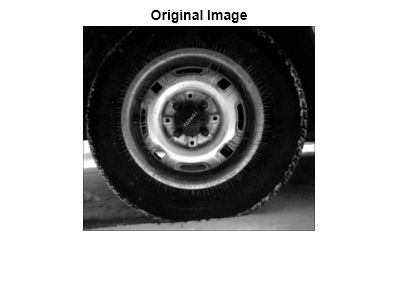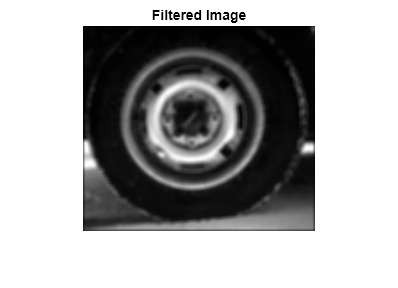colfilt
Operaciones de entorno por columnas
Sintaxis
Descripción
B = colfilt(A,[m n],block_type,fun)A reordenando cada bloque de m por n de A en una columna de una matriz temporal y, a continuación, aplicando la función fun a esta matriz. colfilt rellena con ceros A, si es necesario.
B = colfilt(A,[m n],[mblock nblock],block_type,fun)A en regiones de mblock por nblock bloques para ahorrar memoria. Tenga en cuenta que el resultado de la operación no cambia al utilizar el argumento [mblock nblock].
Por ejemplo, si [mblock nblock] es [3 4] y el tamaño de cada bloque es de 16 por 16 píxeles, colfilt subdivide la imagen en regiones de 48 por 64 píxeles y procesa cada región por separado.
Ejemplos
Argumentos de entrada
Argumentos de salida
Algoritmos
El algoritmo que usa colfilt para procesar imágenes depende del valor de block_type.
| Valor | Descripción |
|---|---|
|
|
|
|
|
|
Para ahorrar memoria, la función colfilt podría dividir A en subimágenes y procesar una subimagen cada vez. Esto implica que se puede llamar a fun varias veces y que el primer argumento de fun puede tener un número diferente de columnas cada vez.
Historial de versiones
Introducido antes de R2006a

